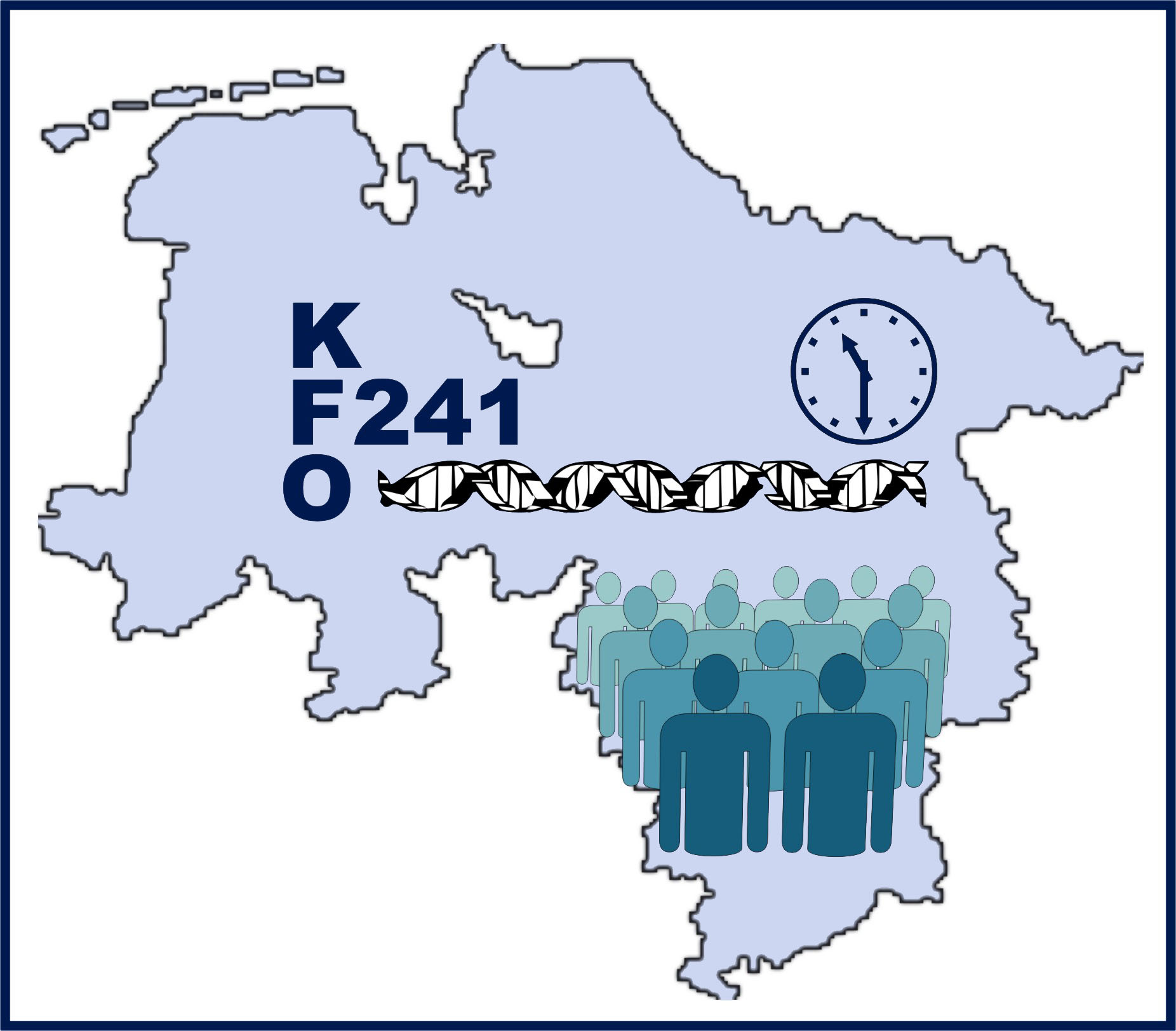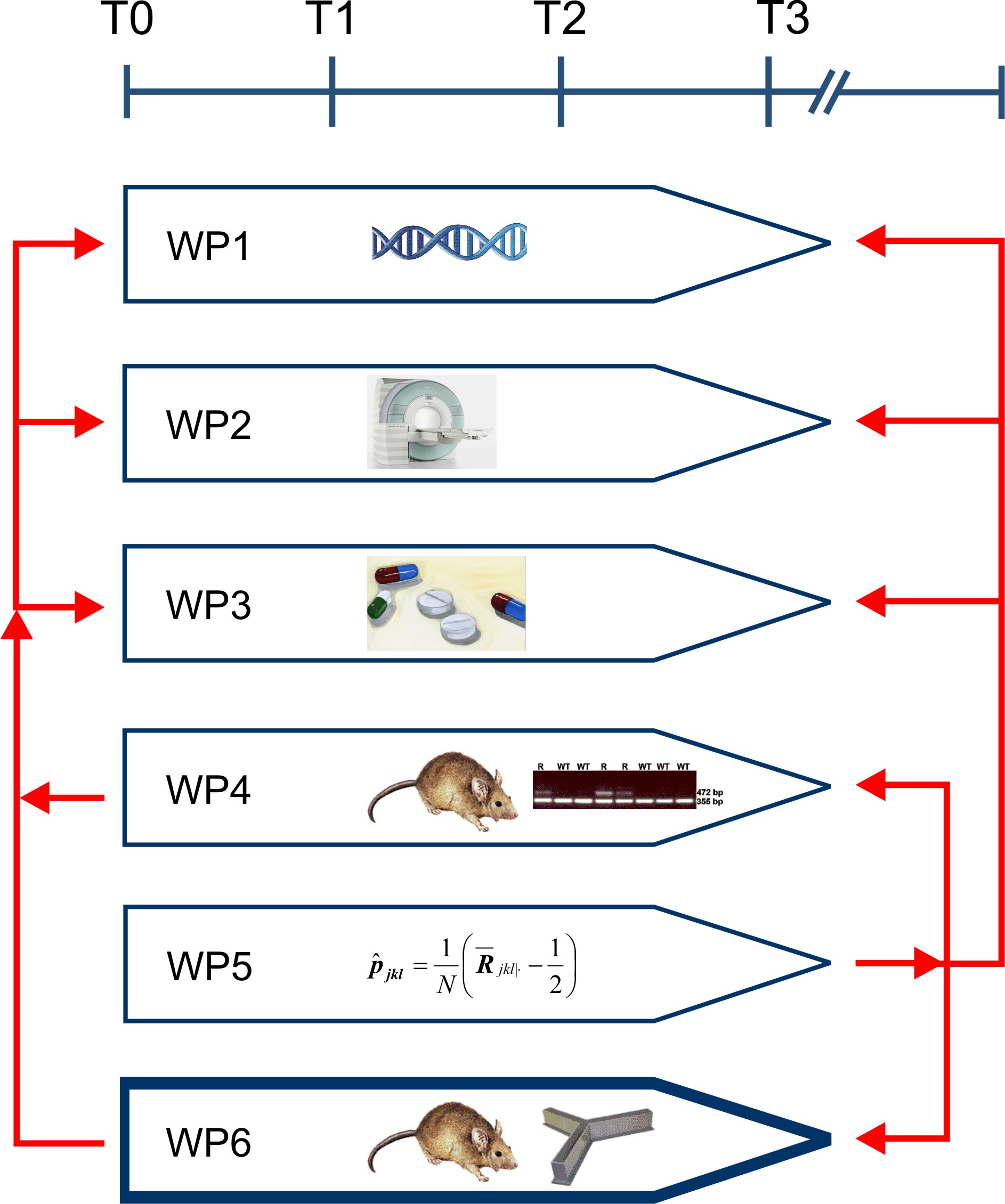Gene-environment interactions and molecular signatures in mouse models of the longitudinal course of psychosis |
Schizophrenia (SZ) and bipolar disorder (BD) are devastating psychiatric diseases not only characterized by the presence of psychotic symptoms or mood swings, respectively, but also by episodic disturbances of cognitive functions and altered sleep-wake cycles. Both genetic and environmental factors are determinants of SZ and BD. Recent studies suggest altered glutamatergic and GABAergic synaptic transmission as well as glial dysfunctions to likely contribute to these diseases. In this project, we perform behavioral and molecular profiling of genetic mouse models held under different environmental conditions in a longitudinal setting. We focus on two transgenic mouse models of neuronal transcription factors that have been genetically linked to SZ and BD (TCF4) or are known to be involved in the control of vigilance states, circadian aspects and neuronal plasticity (SHARP/DEC1,-2).
For behavioral phenotyping, we use established tests monitoring working memory, voluntary activity, motivation and social interactions. With a technical approach combining laser-directed microdissection and transcriptome analysis, we determine global gene expression patterns of precisely isolated prefrontal cortical regions and white matter tracts at defined time points.
We hypothesize that different primary 'genetic' defects cause distinct and common environment-regulated molecular signatures. The combined use of defined genetic mouse models and precisely controlled experimental conditions presumably allows us to dissect genetic and environment-dependent molecular signatures in critical brain structures.
In particular, common signatures may reflect nodal points in the etiology of psychiatric diseases which might help to understand the influence of environmental factors. Additionally, we aim at adapting barcoding and multiplexed amplification strategies to sequence selected SZ and BD candidate genes in large patient cohorts.


